pv magazine Australia: Bunjil Energy is a majority owned indigenous company. Including the work of Bunjil itself, how can the renewable revolution benefit indigenous communities?
Isaac Harrison: Indigenous communities across Australia struggle with access to energy in general let alone the high prices the rest of Australia is exposed to.
While many countries around the world power their businesses and townships with diesel generators, the cost to the communities is debilitating. Renewable energy is vital to bringing the indigenous economy up to speed with the rest of the Australia. Bunjil is able to facilitate with community and work out what solutions that will actually work for the township and associated businesses.
What do you find genuinely exciting about the opportunities for indigenous communities through solar and renewables?
Complete decentralisation, communities taking ownership and accountability of where and how their energy is produced. Indigenous land owners for example make up to 70% of land ownership in the Northern Territory a perfect opportunity to create assets for community through renewable energy.
What professional opportunities do you see for indigenous people in the solar and wider renewables sector?
Bunjil will be looking to employ more first nations people in the organisation to help with our community engagement and project management. It’s extremely important to employ indigenous people into this space to work with other indigenous people across Australia and the South Pacific.
There is a lot of pressure on Bunjil to succeed. We represent an industry that is evolving daily. We represent the emerging indigenous marketplace and all my staff are leaders in this very niche space.
The Indigenous Procurement Policy can provide an indigenous business like Bunjil Energy with opportunities to become involved in large-scale government projects. What government projects has Bunjil participated in?
Bunjil has not been successful under the Indigenous Procurement Policy. The contracts year to date in our industry that have IPP are mainly outside our capability and require Bunjil to subcontract under tier-one [engineering providers] and that isn’t something Bunjil is geared for.
Looking back, Bunjil has had a strong partnership with Prana Energy. What makes this partnership successful?
The founder of Prana, Jarrod Conroy and I have worked together for over five years. When I envisioned the Bunjil story, I met with several investors and partners, and Prana’s ethics really stood out. Especially in an industry that has been struggling with creditability.
When I was in offgrid renewables, credibility hinged on one simple factor – sizing the system correctly. If batteries were undersized, the customer appliances would not run. If the solar was under sized, the batteries would not charge and the customers appliances would not run. If the DC-AC Pure Sine Wave inverter was undersized, well…. same problem.
There were no rebates attached to the industry back then and you had to offer great system design, install and ongoing support. I found that the residential and commercial market was highly volatile due to rebates, fluctuating feed in tariffs and rogue operators.
Key to our success and our competitors in the space is credibility.
Bunjil Energy is in the process of building a 4 MW multifaceted solar farm in Dromana, Victoria. Can you tell us a little bit about this project?
We are currently working with our Partner Volt Farmer on a world first Eco Solar Farm that will incorporate carbon sequestration, indigenous economic development, waste to protein and wholesale power access for on-site horizontal farming and even Bitcoin mining!
What other projects is Bunjil currently involved in?
Bunjil have a host of projects in the pipeline, we have live collaborations with Wattwatchers, Allume, Red Grid to name a few.
Not to mention the list of indigenous land owners whom we are working with to provide economic development through our Eco Solar Farm model.
You’ve mentioned how sizing a system correctly in the offgrid space and optimizing different componentry as being important. How would you say Bunjil can best optimise a client’s solar?
Apart from tracker or optimising technology, sound engineering prior to installation is the key factor. Constant communication between your site inspector and engineering team is vital to ensure optimisation of the project.
Quality is also important and inverter failures, particularly in hot conditions, can be a problem. What brands or partnerships does Bunjil Energy use or recommend?
At the moment Bunjil almost exclusively uses Fronius inverters, unless otherwise specified by a client. The easy access to the Fronius portal, as well as the its warranty and ease of installation gives us and our clients peace of mind.
Bunjil Energy provides an end-to-end solution for those seeking to switch to solar, what equipment does Bunjil prefer in its installations in terms of panels, batteries and other equipment?
Bunjil only deals in Tier 1 brands and due to massive activity in the solar market we have to be flexible with the type of brands we use, we juggle between SunPower, Trina, JA Solar and GCL.
As for batteries we use the LG Chem and have installed these in multiple installations.
However, we have completed many projects for defence contractors and corporate companies that work in defence. Some of those sites were highly classified and brought an exciting challenge to the Bunjil team.
What technologies are you excited about?
The development of behind the meter technologies linked together with blockchain is what really excites me. Seeing organisations, farms, corporations better control their energy data and look for alternatives to the centralised models that are so outdated.
This content is protected by copyright and may not be reused. If you want to cooperate with us and would like to reuse some of our content, please contact: editors@pv-magazine.com.
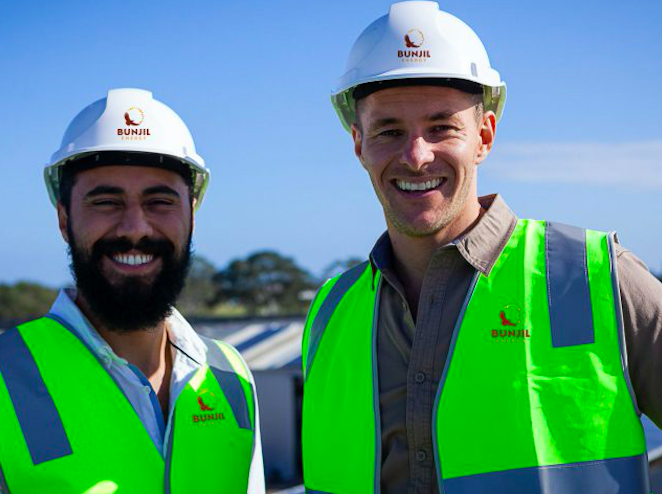
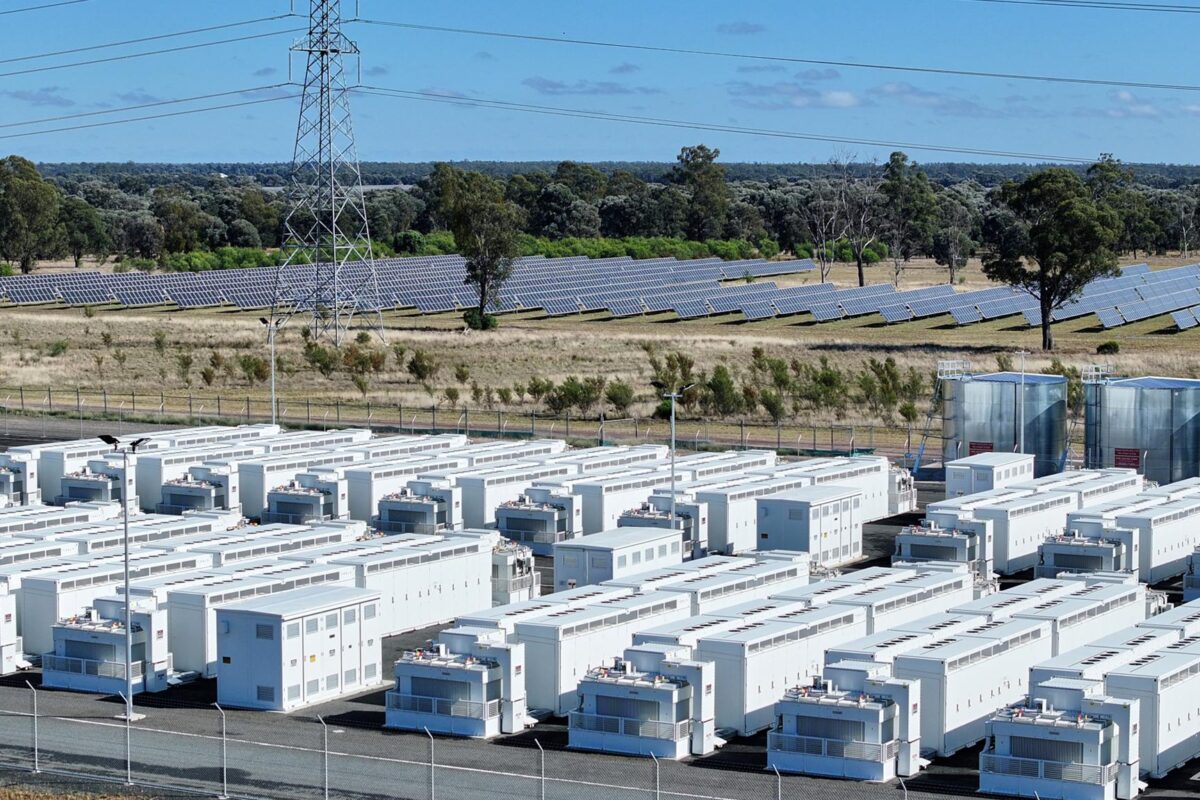



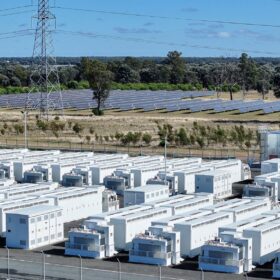
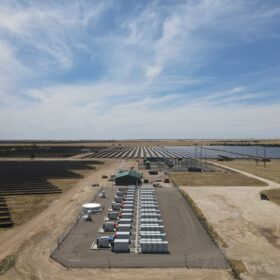
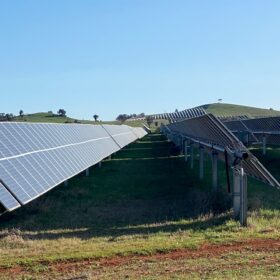
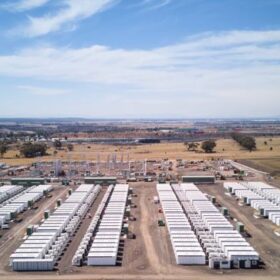
What’s the total cost to supply 100% decentralized MW h of power coming from solar farm when consumed 24 hours per day? That I suppose covers generation and storage.
“Isaac Harrison: Indigenous communities across Australia struggle with access to energy in general let alone the high prices the rest of Australia is exposed to.”
I have come across some numbers on electricity in Australia as a whole. Don’t have a feel for the actual daily need for these indigenous communities. An example: In Africa, many small towns and villages have no utility power and so these folks spend time and money on fetching and using kerosene to run in small generators for house lighting and cooking. The actual burning of candles and kerosene in the homes for light and sometimes heat creates an unhealthy air environment in the home. Then a pay-as-you-go solar PV business model sprang forth. Interestingly enough, even though these folks have no utility power, most of these folks have (cell phones). A couple of solar PV panels, a couple of storage batteries and some LED lights allow the homes to stop using kerosene and candles for light. The ability to use stored D.C. to charge cell phones, run small TVs, and even a small inverter to power a small oven allows the air in the home to become a much more healthy environment to live and sleep. A small fee is added to the cell phone bill each month to pay for the system. By not having to pay for and use candles and kerosene saves enough money each month to almost pay for the solar PV system.